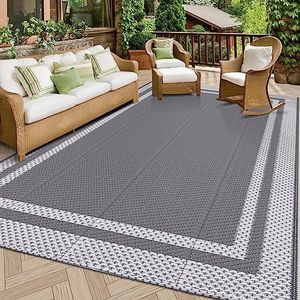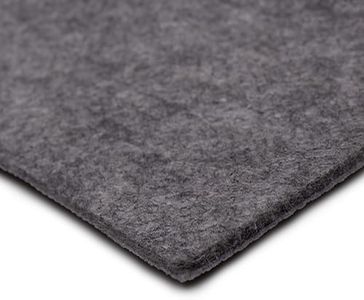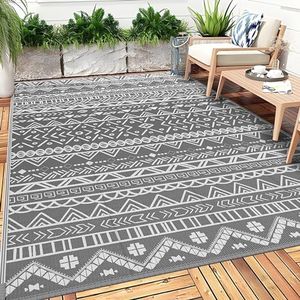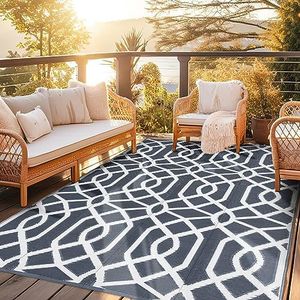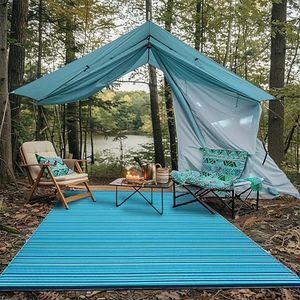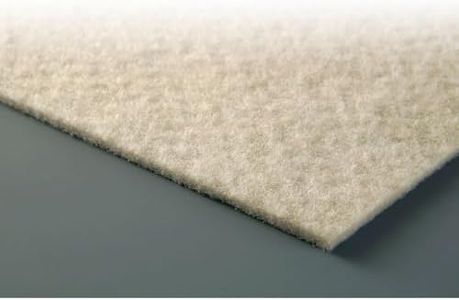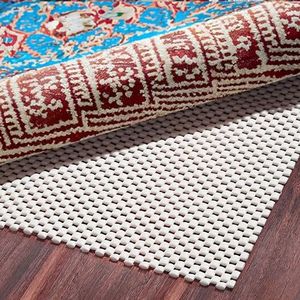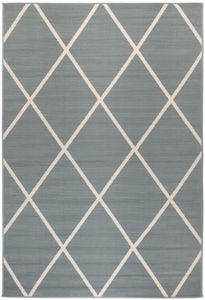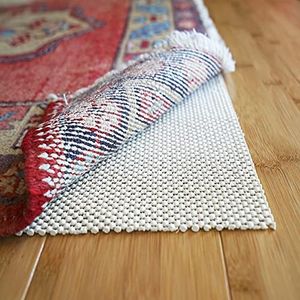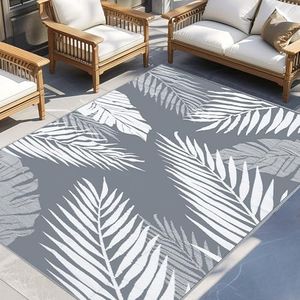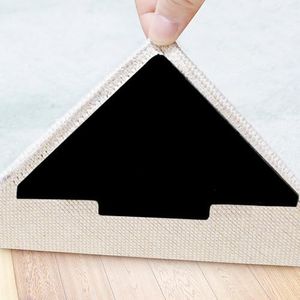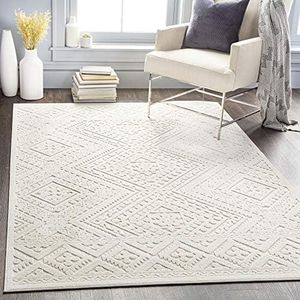We Use CookiesWe use cookies to enhance the security, performance,
functionality and for analytical and promotional activities. By continuing to browse this site you
are agreeing to our privacy policy
10 Best Outdoor Rug Pad
From leading brands and best sellers available on the web.Buying Guide for the Best Outdoor Rug Pad
Picking the right outdoor rug pad is crucial because it not only protects your rug and floor but also provides a safer and more comfortable outdoor space. The perfect pad can prevent your rug from slipping, enhance comfort underfoot, and allow for proper drainage, which is important in outdoor environments. When shopping for an outdoor rug pad, pay attention to the material, thickness, grip, drainage capabilities, and size compatibility with your rug. Consider your specific setting, such as whether your space is fully exposed to the elements or partially sheltered, as that can affect your choice.MaterialMaterial refers to what the rug pad is made from, which impacts its durability, resistance to weather, and safety. For outdoor use, synthetic materials like PVC or rubber are common since they withstand moisture, sun exposure, and temperature changes better than natural fibers. If your area faces a lot of wet weather, look for water-resistant or quick-drying materials. If your outdoor space is only partly covered, you might consider an open-weave material that allows water to pass through easily and helps prevent mold or mildew.
ThicknessThickness is how deep the rug pad is, which affects cushioning and support. Thin pads (about 1/8 inch) are best if you want minimal lift and are mainly looking for non-slip support, perfect for high-traffic areas where you don’t want a tripping hazard. Medium thickness (about 1/4 inch) offers a balance of comfort and support, suitable for most outdoor spaces. Thicker pads add more comfort and insulation but may not drain water as effectively, which can be an issue in exposed areas. Think about your comfort needs and whether you'll have furniture on the rug when picking the thickness.
GripGrip refers to the pad’s ability to keep your rug in place and prevent it from sliding. Some pads are designed with textured surfaces or rubberized grids to give added traction. Pads offering strong grip are essential for smooth surfaces like decks or patios where rugs are likelier to shift. If your area is windy or the surface is extra slick, prioritize a pad with a high-grip design. If the rug is under heavy furniture, grip may be less of a concern.
Drainage and BreathabilityDrainage and breathability indicate how well a rug pad lets water and air flow through. For outdoor use, drainage is essential to prevent puddling and mold buildup. Many outdoor pad designs have mesh or waffle structures that let water drain quickly and air circulate, which helps both the rug and the floor underneath dry out after rain. If your outdoor area is uncovered and exposed to the elements, choose a pad that emphasizes open-weave or permeability. Otherwise, for covered patios, breathability is still helpful but slightly less critical.
Size and Trim-AbilitySize and trim-ability refer to how well the pad fits your rug’s dimensions. Your rug pad should be a few inches smaller than your rug on all sides so it stays hidden and provides support without sticking out. Many pads come in standard sizes but can be trimmed at home with scissors for a perfect fit. Before buying, measure your rug and check if you’ll need to cut the pad to size. Choosing a pad you can easily adjust ensures a clean look and effective coverage.
